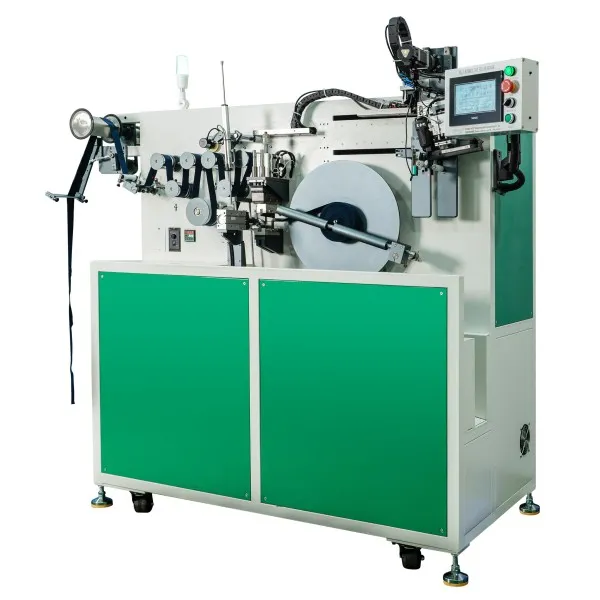10 years of experience as a food machinery equipment manufacturer
10 years of experience as a food machinery equipment manufacturer
Within manufacturing and processing environments, particularly those involving wire, cable, yarn, or textiles, the finishing stages often demand significant manual intervention. Historically, tasks like neatly winding materials onto spools, reels, or bobbins and securely tying bundles involved labor-intensive processes. The advent of automation, specifically Automatic Winding and Tying Machines, has revolutionized these critical steps. These sophisticated systems precisely wind materials and reliably apply securing ties with minimal human oversight, fundamentally changing productivity dynamics.

These machines integrate multiple functions into a single unit. Typically, an automatic feed system introduces the wire or yarn to a controlled winding mechanism, ensuring consistent tension and precise layering patterns onto the desired spool or core. Once the preset length or quantity is achieved, the winding process halts. At this precise moment, the tying mechanism engages. This could involve feeding and tying specialized plastic banding, twine, or metallic strapping around the wound bundle. Crucially, the entire sequence – sensing completion, applying the tie, cutting the material, and knotting or sealing the tie – occurs automatically. This seamless workflow drastically alters operational efficiency.
The integration of Automatic Winding and Tying Machines offers substantial advantages across manufacturing operations. Here are the primary benefits driving their adoption:
The versatility of Automatic Winding and Tying Machines makes them indispensable across diverse sectors:
Electrical Manufacturing: Crucial for winding transformer coils, motor armatures, and binding cable reels securely, often requiring strict tension control. Textile and Fibre Processing: Widely used for winding yarn onto cones or bobbins and bundling skeins efficiently for dyeing or shipping. Wire Production: Essential for coiling various wire gauges – from delicate electronics wire to robust fencing wire – onto spools or coils and applying robust ties. Hose and Tubing: Efficient for winding and securing hydraulic hoses, industrial tubing, or garden hoses.
The pressure to increase efficiency, reduce costs, enhance safety, and maintain impeccable product quality is relentless in modern manufacturing. Automatic Winding and Tying Machines represent a tangible technological solution addressing these core operational demands simultaneously. The transition from manual methods to automated finishing delivers measurable improvements in output, consistency, and profitability. While the initial investment requires consideration, the demonstrated long-term benefits – particularly in labor efficiency, material savings, and safety improvements – position these machines as compelling investments for businesses striving to optimize their production lines and remain competitive.
